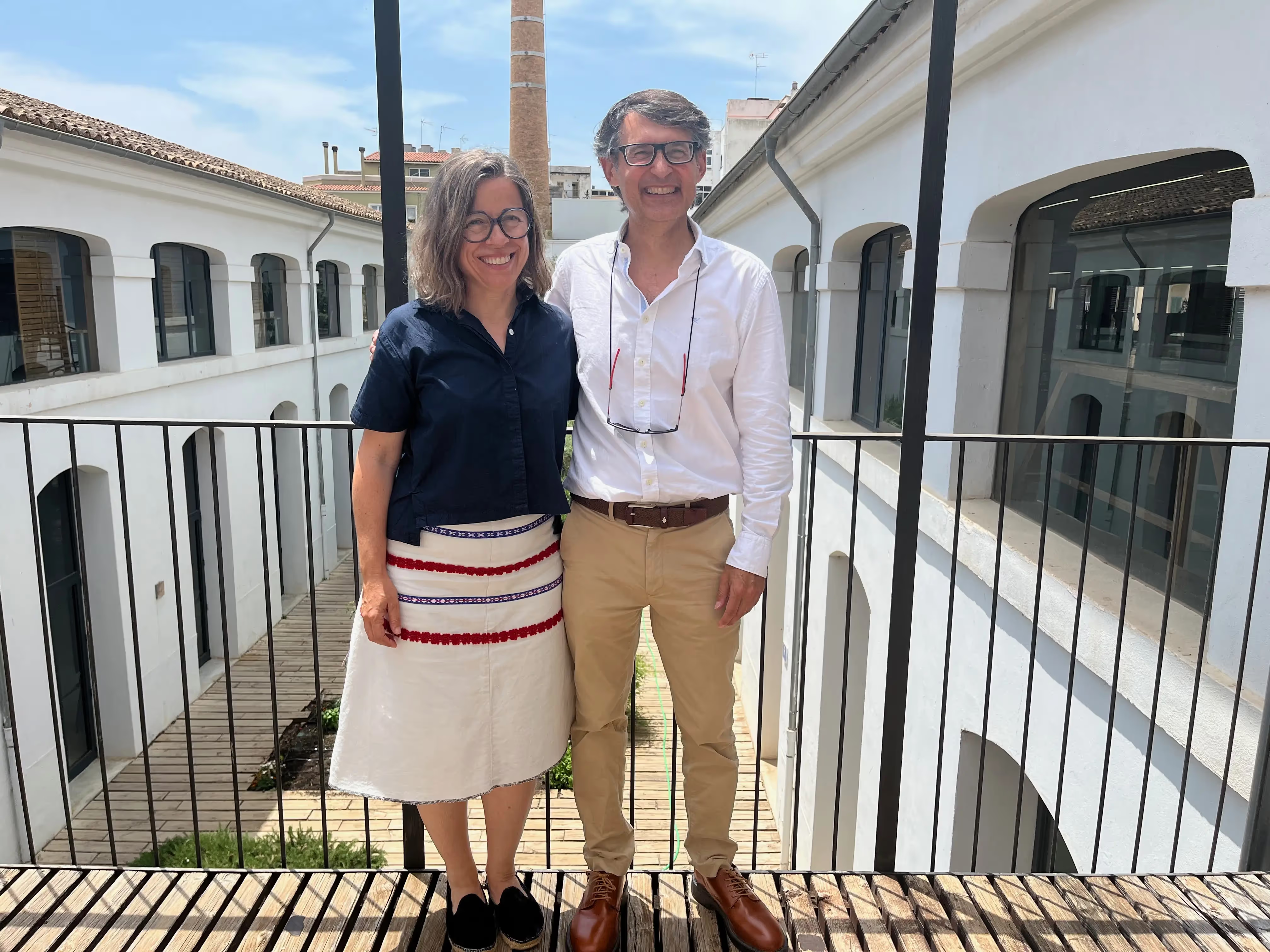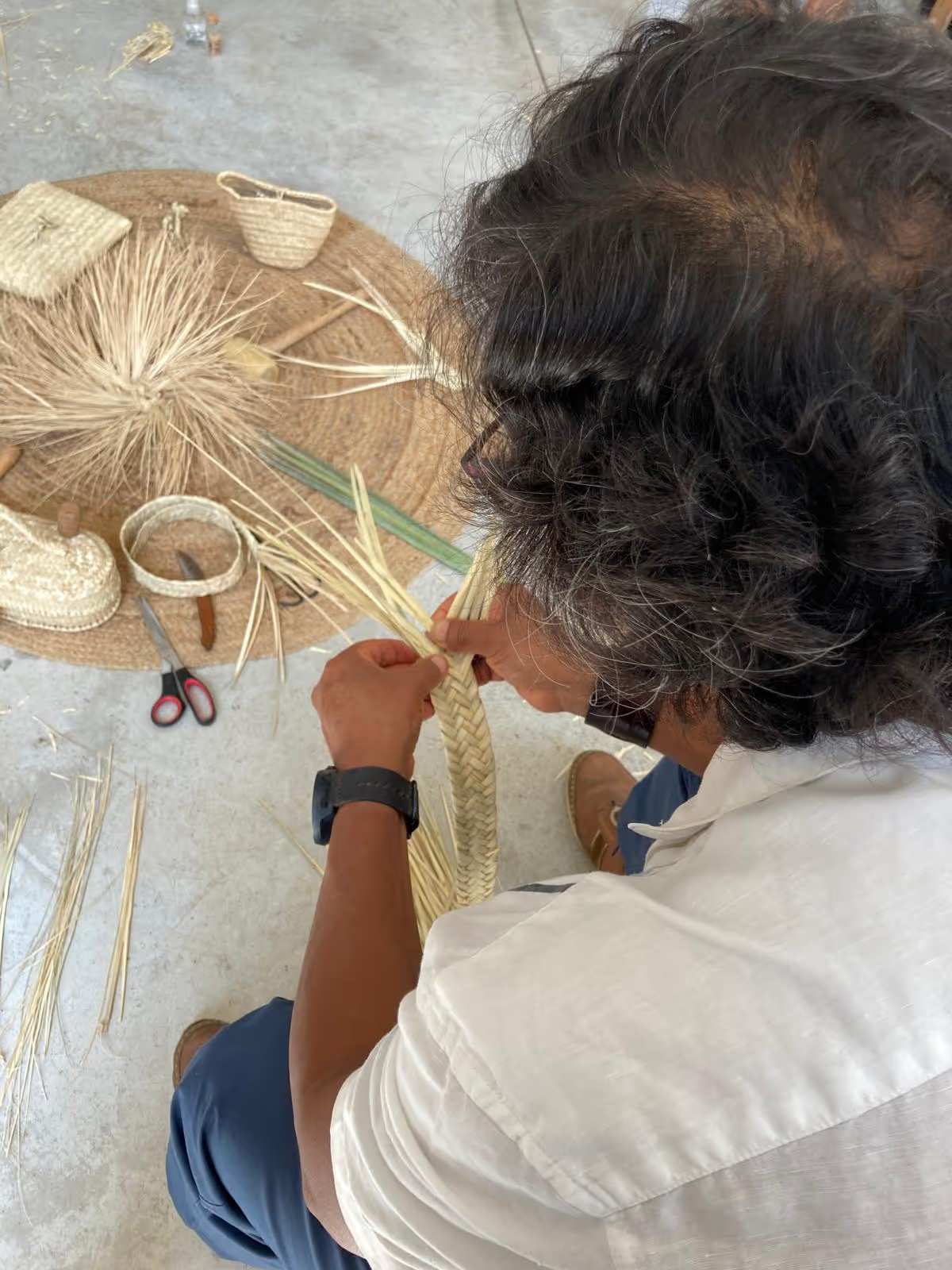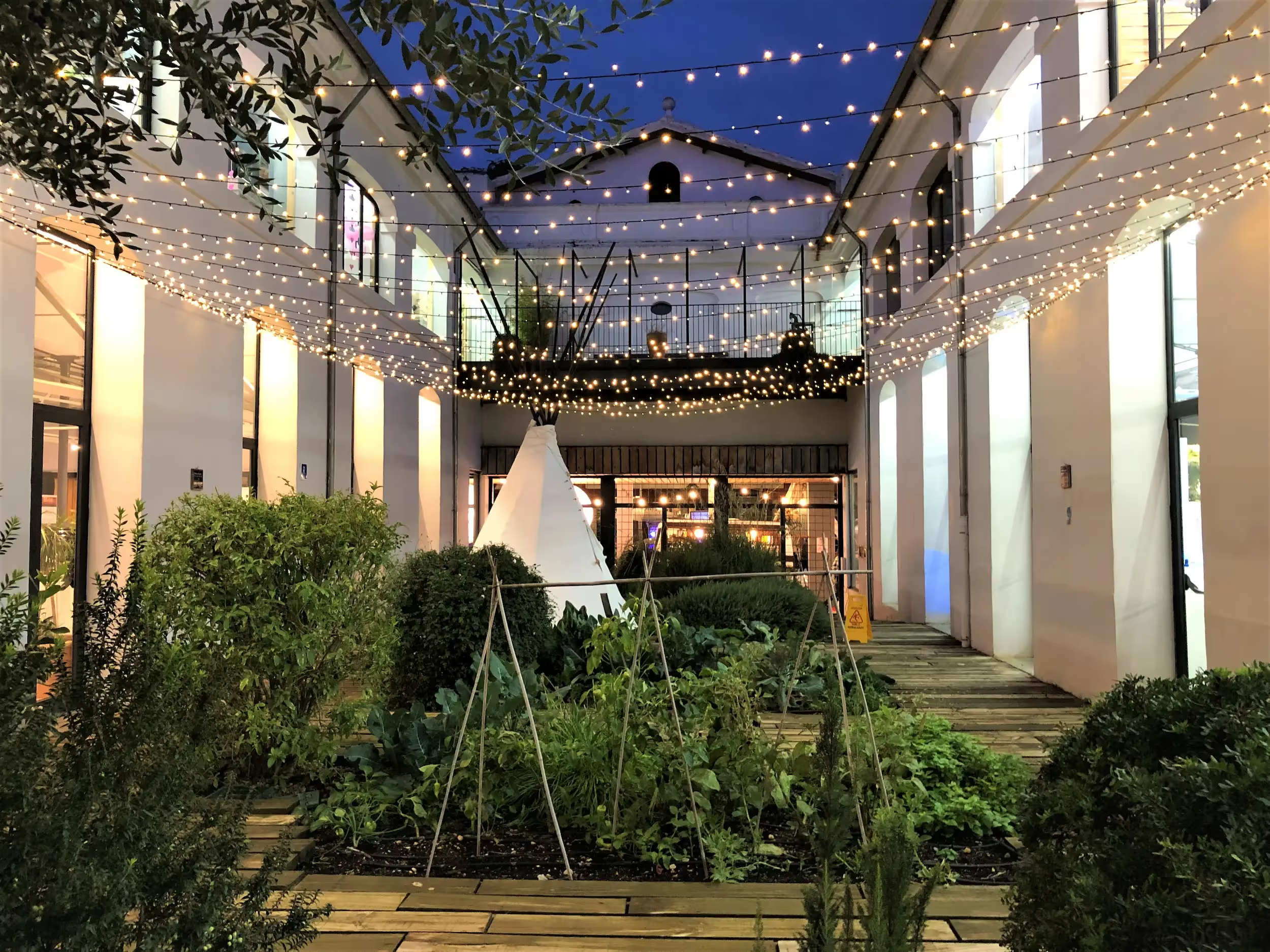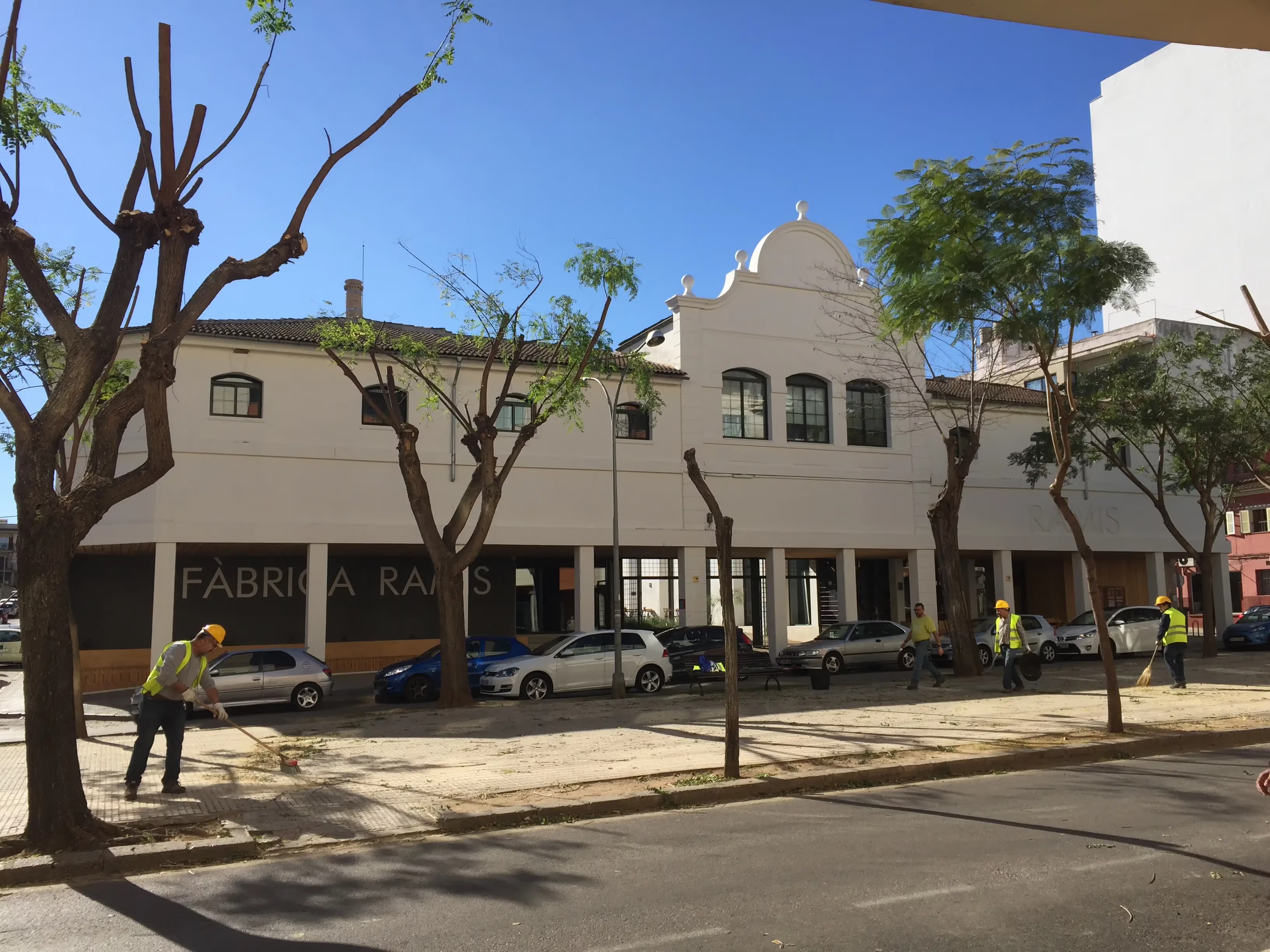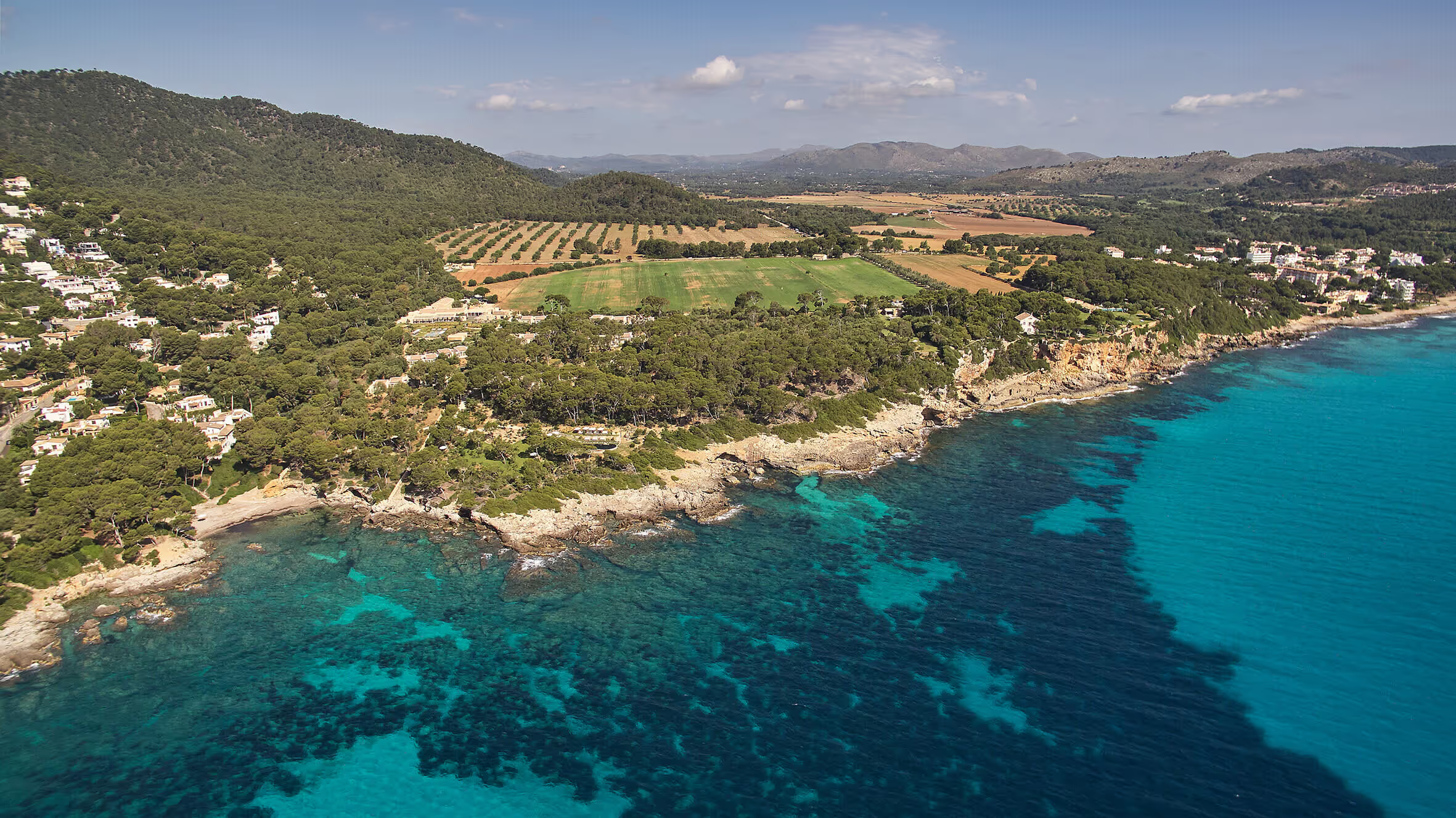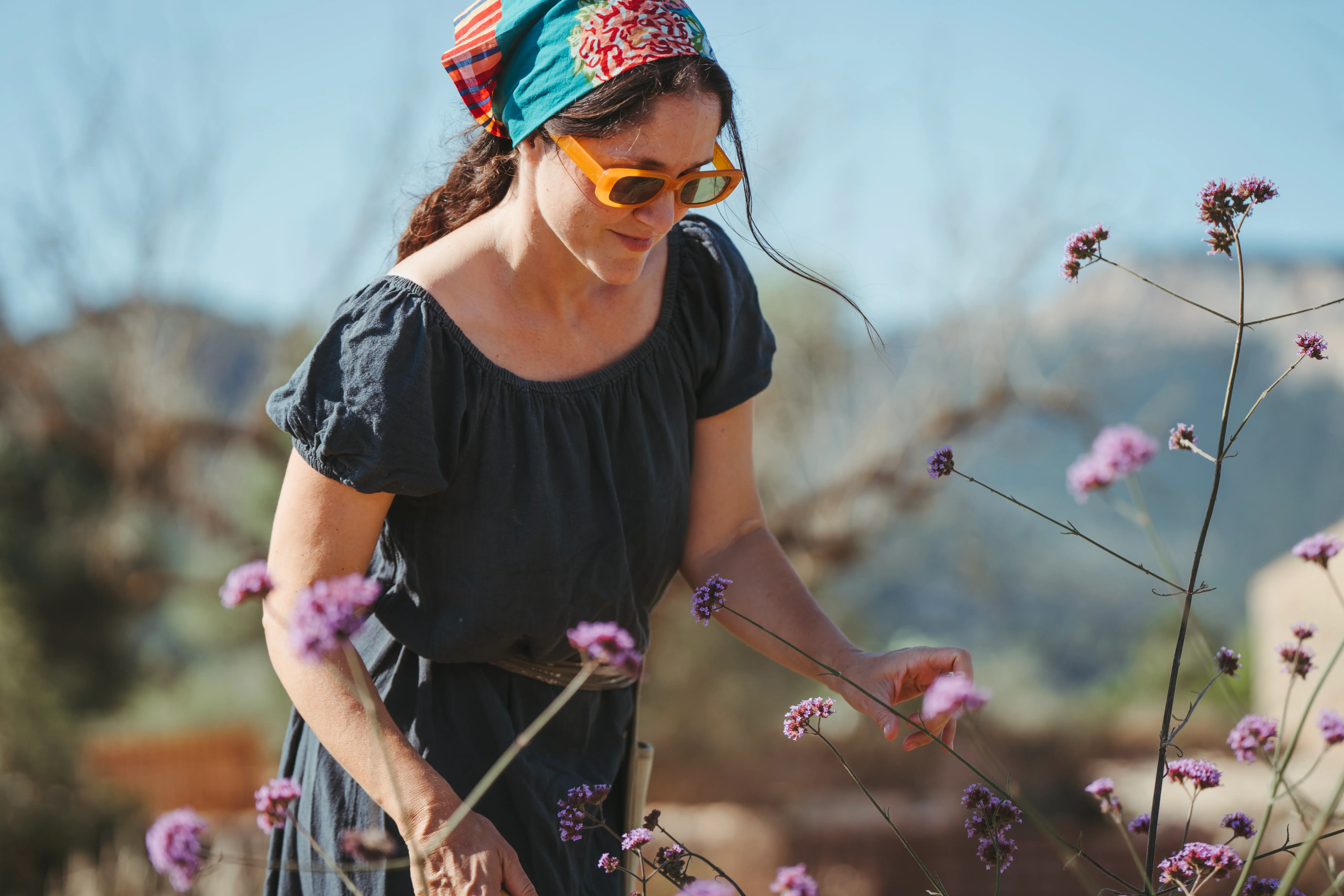
F
abrica Ramis sits in central Inca, an anchor of the city’s past and a reflection of its future. Its tall chimney and vast industrial architecture are a reminder of the city’s heritage, yet new collaborations and ideas are brewing to give it new life. Over 100 years old now, the factory was first devoted to textile production and then, in the early 1940s, shifted towards leather production. ‘What’s interesting,” explains Juan Ramis, the grandson of Antonio Ramis, who took over the factory in 1968, “is that the artisans originally worked with the leftover leather pieces from the shoe factories to create small items such as purses, watch bands and wallets. They were thinking about recycling before it was even a concept.” The 1950s and 1960s were boom years for the leather industry, with tourists coming to the factory as part of partnerships with the tour operators at the time. Antonio Ramis built a thriving leather goods company, but, as we know now, leather production in Inca eventually came to a halt. The factory officially closed in 1992, although some craftsmen continued to work on a very small scale for several years following, and most of the equipment – sewing machines, leather scraps, etc., remained laying about.
After a couple of decades in which the factory was used for various purposes, including, for a time, as a Mercadona, in 2015, the Fabrica Ramis underwent a renovation led by Mercè Zazurca. Juan Ramis, who was in Barcelona working as a Professor of Business Administration, returned to Mallorca to take over the business and oversee its renovation. They approached the project with a principle of ‘minimum intervention’, keeping the essence and integrity of the structure while updating it for contemporary use. They also commissioned designer Beatriz Delgado, who had worked for years at Camper, to design and produce much of the furniture for the space. Her insightful, handcrafted tables, stools and benches add a contemporary artisanal touch, sometimes curved and rounded forms that compliment the more strict minimal industrial architecture. Elements of the factory’s past remain – remnants of wall paintings from its commercial days, sewing machines installed at the entryway as a decorative element, metal pieces and tools. While downstairs is a very open, industrial architecture defined by metal structures, with tables and benches scattered about, upstairs, the space is dominated by the beautiful red pine ceiling beams and tile floors that add a touch of warmth to the vast space. The two spaces are linked by a beautiful interior staircase as well as exterior bridges, and Juan notes that the space becomes beautifully animated during events with people naturally flowing throughout the space. A highlight of the renovation is the central garden with native plants and water that adds an important element of nature. For a decade, the Fabrica Ramis has been an ideal site for big corporate events and conferences, but Juan is eager to bring something more.
